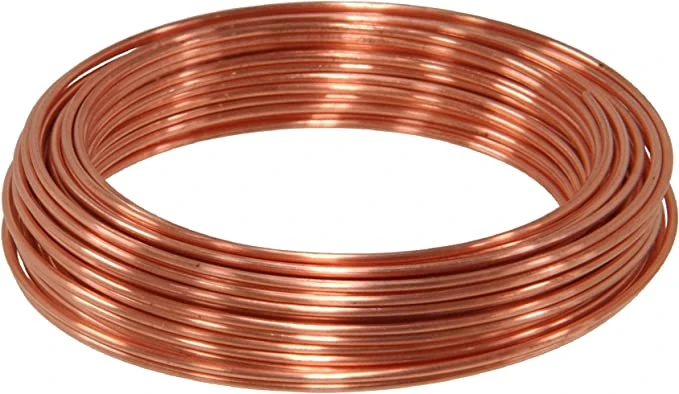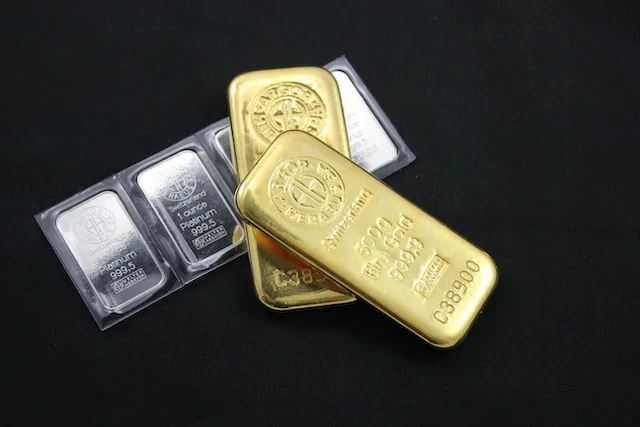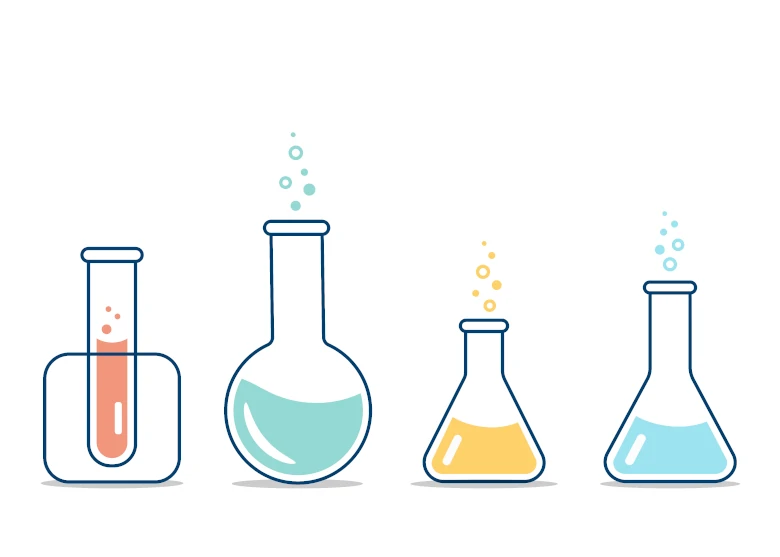Metals
In the following article, we will cover the topic of Metals. These are the learning outcomes of this article:
- Describe the general physical properties of metals.
- Describe alloys as a mixture of a metal with other elements.
- Identify representations of metals and alloys from diagrams of structures.
- Explain why alloys have different physical properties from their constituent elements.
General Properties Of Metals
- Metals are good conductors of electricity. Copper is commonly used in making electrical wires.
- Metals are good conductors of heat.
- Metals have high densities, melting and boiling points.
- Metals are malleable (can be hammered into different shapes) and ductile (can be drawn into wires).
- Metals are shiny.
|
|
Structure And Bonding
Metals atoms are closely packed and orderly arranged in a lattice structure.

These metal atoms lose their valence electrons and become positively charged ions.
These valence electrons are now delocalised (no longer confined to the atoms) and able to move freely between the metal ions.
Therefore, we can describe the structure of metal as a lattice of positive metal ions surrounded by a ‘sea of delocalised electrons’.
Strong electrostatic forces of attraction exist between the positive metal ions and the delocalised electrons. This electrostatic force is also known as the metallic bond.
Good Conductors Of Electricity

The outer electrons of the atoms are able to move freely within the metal lattice. They are not confined to any atoms. These delocalised electrons allow the metal to conduct electricity.
Good Conductors Of Heat
Metals are good conductors of heat because the delocalised electrons are able to move freely within the metal lattice. When the delocalised electrons pick up the heat energy, it increases their average kinetic energy, which causes them to move faster and to transfer the energy from one region to another in the metal quickly.
High Melting and Boiling Points
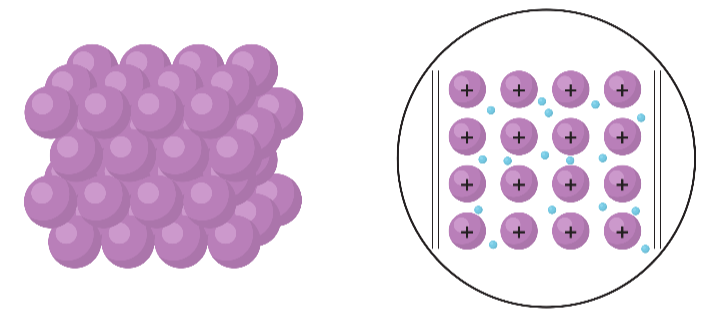
The metallic bond is the electrostatic force of attraction between the positive metal ions and the delocalised electrons in the lattice structure. This electrostatic force is very strong.
A large amount of energy is required to overcome these strong metallic bonds between the positively charged metal ions and the delocalised electrons.
Therefore, metals have high melting and boiling points.
Malleable And Ductile
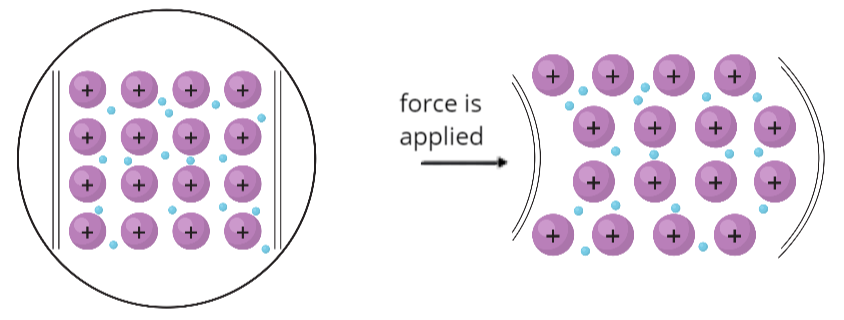
When a force is applied to a metal, the layers of metal atoms can slide over each other through the ‘sea of electrons’, without disrupting the metallic bonds.
Thus, a metal can be hammered into different shapes (malleable) and drawn into wires without breaking (ductile).
Try It Yourself
Question 1:
The table below gives some information about the properties of substances A to E.

Which of these substances is a metal?
- A and C
- B
- D
- E
Solution:
D) E
Explanation:
Metals have high melting points and have good electrical conductivity. Metals are insoluble in water.
Question 2:
The table below gives some information about the properties of substances A to E.

In terms of structures and bondings, account for the difference in electrical conductivity between E and B.
Solution:
E is a metal. The positive ions in the metal are surrounded by a sea of delocalised electrons. These electrons are mobile, hence allowing the metal to conduct electricity in both its solid and liquid states.
B is an ionic compound. For an ionic compound, in the solid state, the ions are held in their fixed position in the giant lattice structure by strong electrostatic forces of attraction. However, in the liquid (molten) state, the ions are mobile and free to move to conduct electricity.
Question 3:
Which statement about a metal explains its electrical conductivity?
- It contains positive ions.
- It has a ‘sea of electrons’.
- Its ions are tightly packed together.
- Its positive ions attract electrons.
Solution:
B) It has a ‘sea of electrons’.
Explanation:
A metal is made up of positive ions in a sea of electrons. These electrons are mobile and able to move freely within the metal lattice, thus allowing the metal to conduct electricity.
Question 4:
The diagram below shows the electrolysis of aqueous sodium chloride and molten sodium chloride.
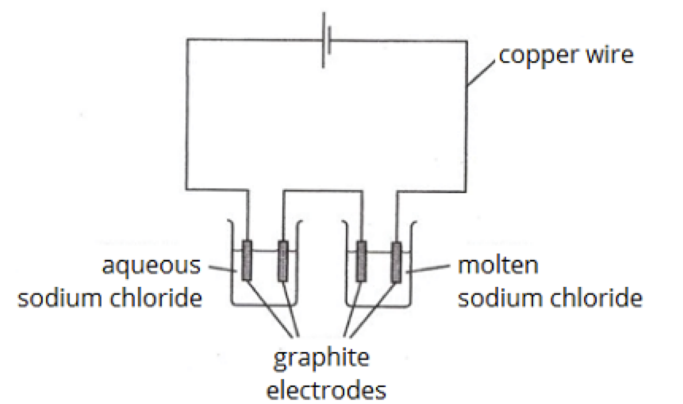
Which substance has both positive ions and mobile electrons?
- aqueous sodium chloride
- copper wire
- graphite electrodes
- molten sodium chloride
Solution:
B) copper wire
Explanation:
Copper is a metal. Each copper atom gives up its outer shell electrons to form a positive ion. The electrons are mobile and occupy the spaces between the positive ions to form a ‘sea of electrons’.
Both molten and aqueous sodium chloride consist of only oppositely charged ions.
Graphite consists of mobile electrons, but not positive ions.
Alloys
Despite having many useful properties, pure metals are not widely used in industry, because:
- Pure metals are soft.
- Pure metals corrode easily when in contact with air and water.

Thus, alloys are often used, as they are usually designed to have more desirable properties than their constituent elements.
Alloys are harder and stronger than their constituent metals, and they do not corrode easily.
Alloys also improve the appearance of metals and they have lower melting points than their constituent metals.
What Are Alloys Then?
An alloy is a mixture of a metal with other element(s). The other element(s) can be metals or non-metals.
Examples Of Alloys
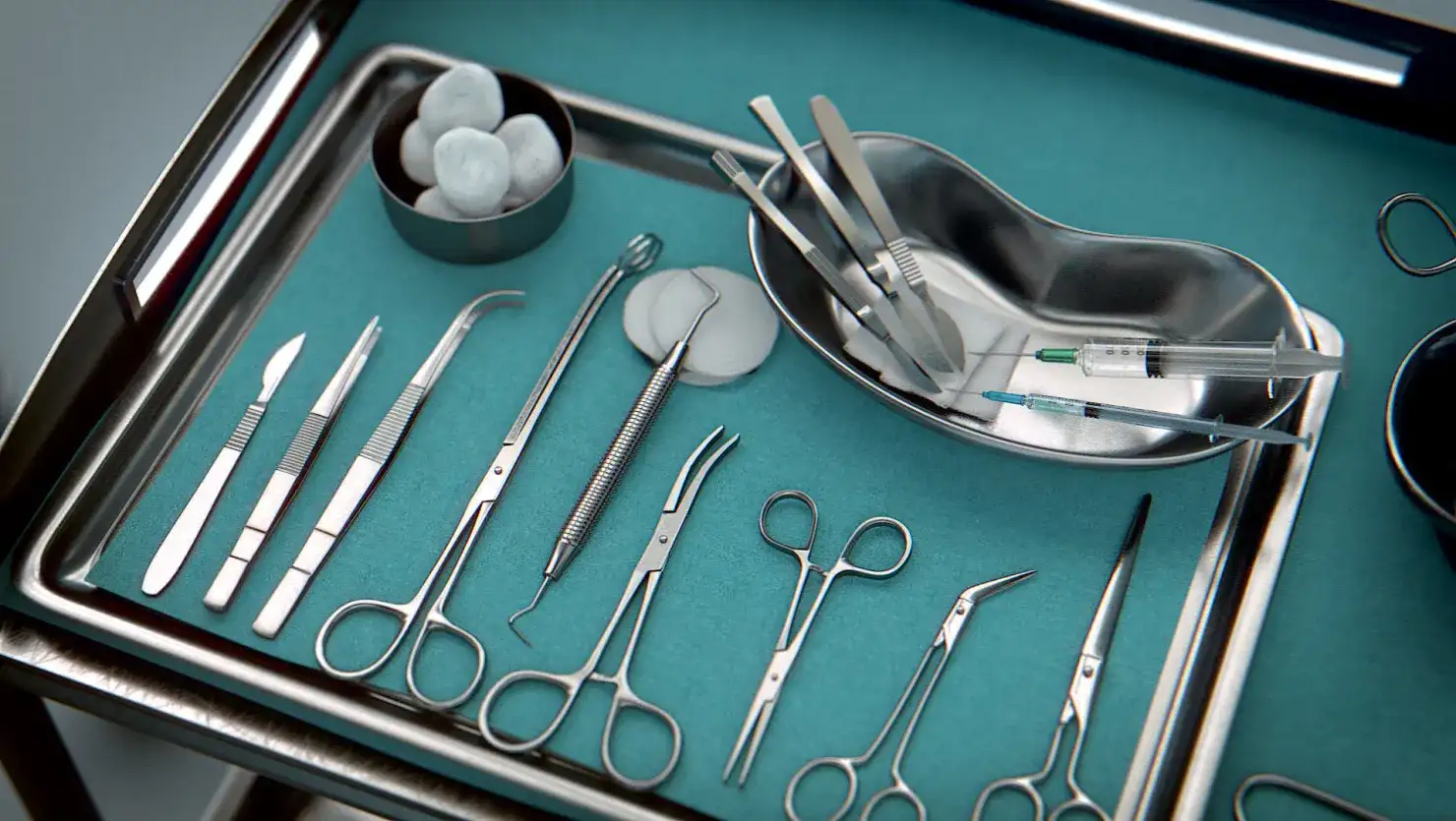
Image Credits: Medical Ware - medicalware.ae
Stainless Steel
Composition: iron, chromium, nickel, and carbon
Uses: utensils, cutlery, surgical instruments
Properties: resistant to corrosion
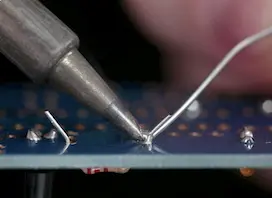
Image Credits: Collin Cunningham - learn.adafruit.com
Solder
Composition: tin and lead
Uses: joining metals together
Properties: low melting point

Image Credits: Hal Gatewood - unsplash.com
Brass
Composition: copper and zinc
Uses: musical instruments, coins
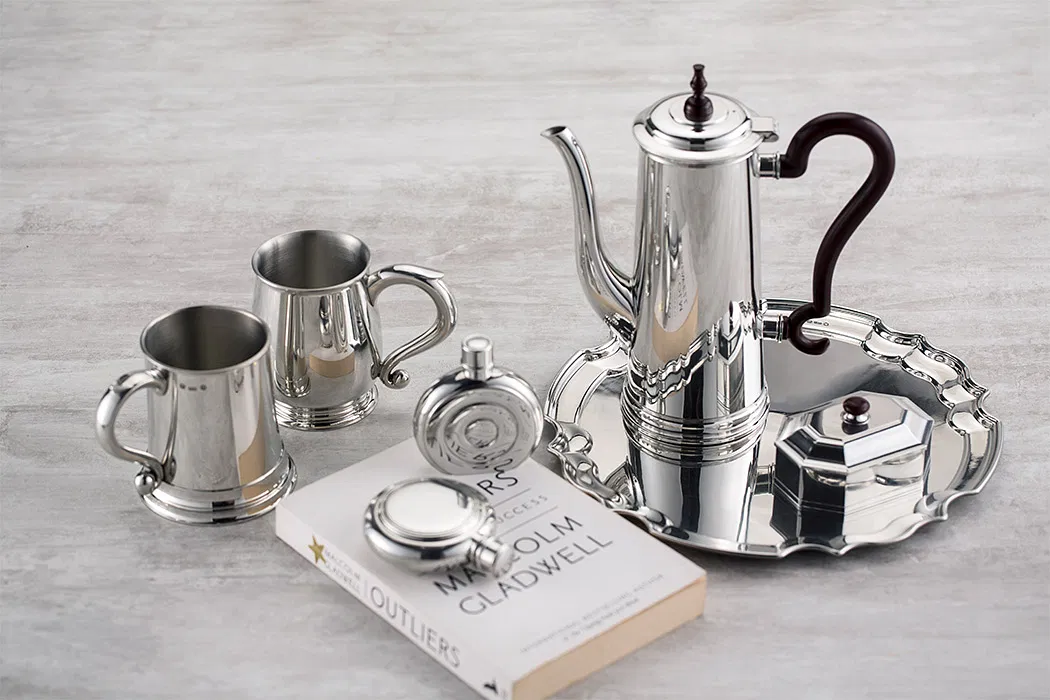
Image Credits: Peak Magazine - thepeakmagazine.com.sg
Pewter
Composition: tin, antimony, and copper
Uses: decorative ornaments
Why Are Alloys Harder And Stronger?
Compare the structure of a pure metal (copper) and that of an alloy (brass).
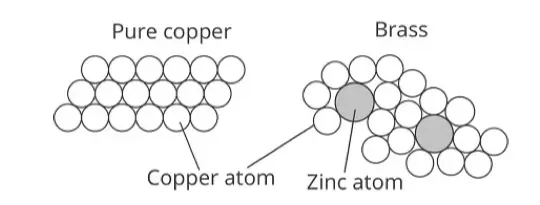
What do you observe in the size of the atoms of the different elements in an alloy?
In the pure metal, all the (copper) atoms have the same size. However, in an alloy, the atoms of different elements (zinc and copper) are different in size.
What do you observe in the arrangement of atoms in the pure metal and that in the alloy?
In the pure metal, the atoms are closely packed and orderly arranged. In an alloy, the regular arrangement of the atoms is disrupted.
When a force is applied, can the atoms slide over each other easily?
The layers of orderly arranged atoms in the pure metal can slide over each other easily when a force is applied. However, when a force is applied to an alloy, the atoms cannot slide over each other easily, thus an alloy is stronger and harder than a pure metal.
Question 5:
Several properties of metals can be explained by the fact that layers of atoms can slide over each other. Which properties of metals are not explained by this fact?
- Metals are ductile.
- Metals are malleable.
- Metals conduct electricity.
- Pure metals are softer than alloys.
Solution:
C) Metals conduct electricity.
Explanation:
Metals conduct electricity due to the delocalised electrons and not due to the layers of atoms.
Question 6:
The diagram below shows the structure of brass.
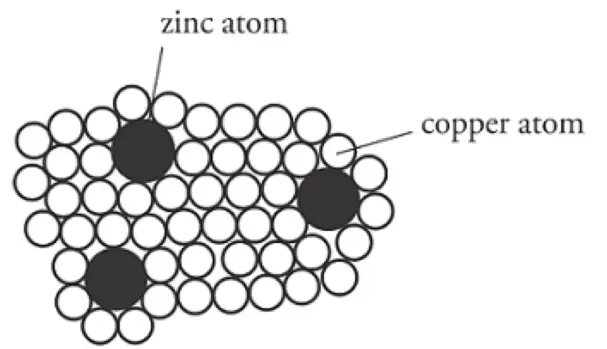
Why is brass harder than pure copper?
- The zinc atoms form strong covalent bonds with copper atoms.
- The zinc atoms prevent layers of copper atoms from slipping over each other easily.
- The zinc atoms prevent the ‘sea of electrons’ from moving in the lattice.
- Zinc atoms have more electrons than copper atoms.
Solution:
B) The zinc atoms prevent layers of copper atoms from slipping over each other easily.
Explanation:
Brass is harder than pure copper because the zinc atoms disrupt the orderly arrangement of the copper atoms, making it harder for the layers of copper atoms to slide over each other.
| Continue Learning | |
|---|---|
| Metals | Introduction to Organic Chemistry |
| Alcohols | Speed of Reaction |
| Electrolysis | Energy Changes |
| Ammonia | Alkanes |
| Alkenes | Carboxylic Acids |


 SG
SG  VN
VN 
